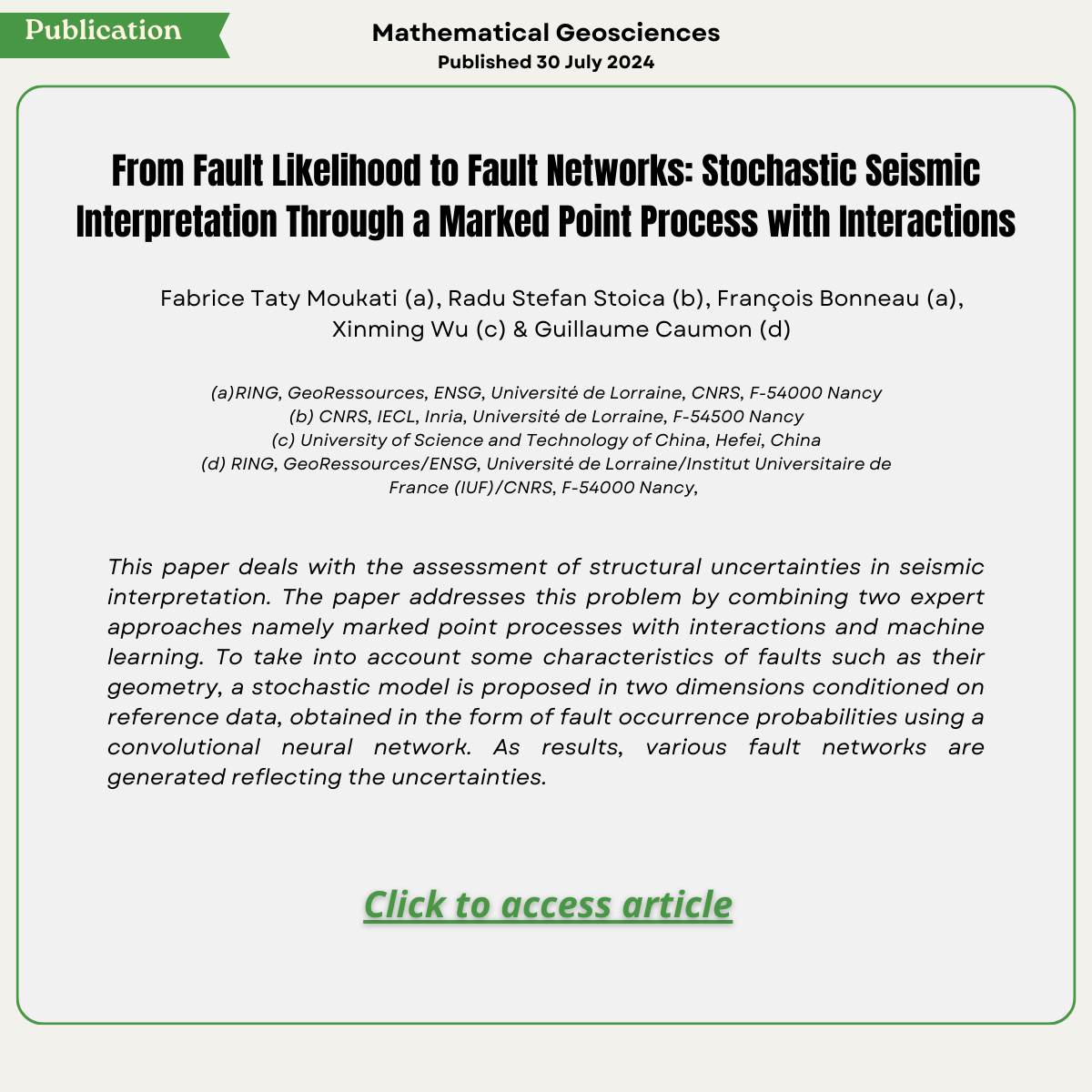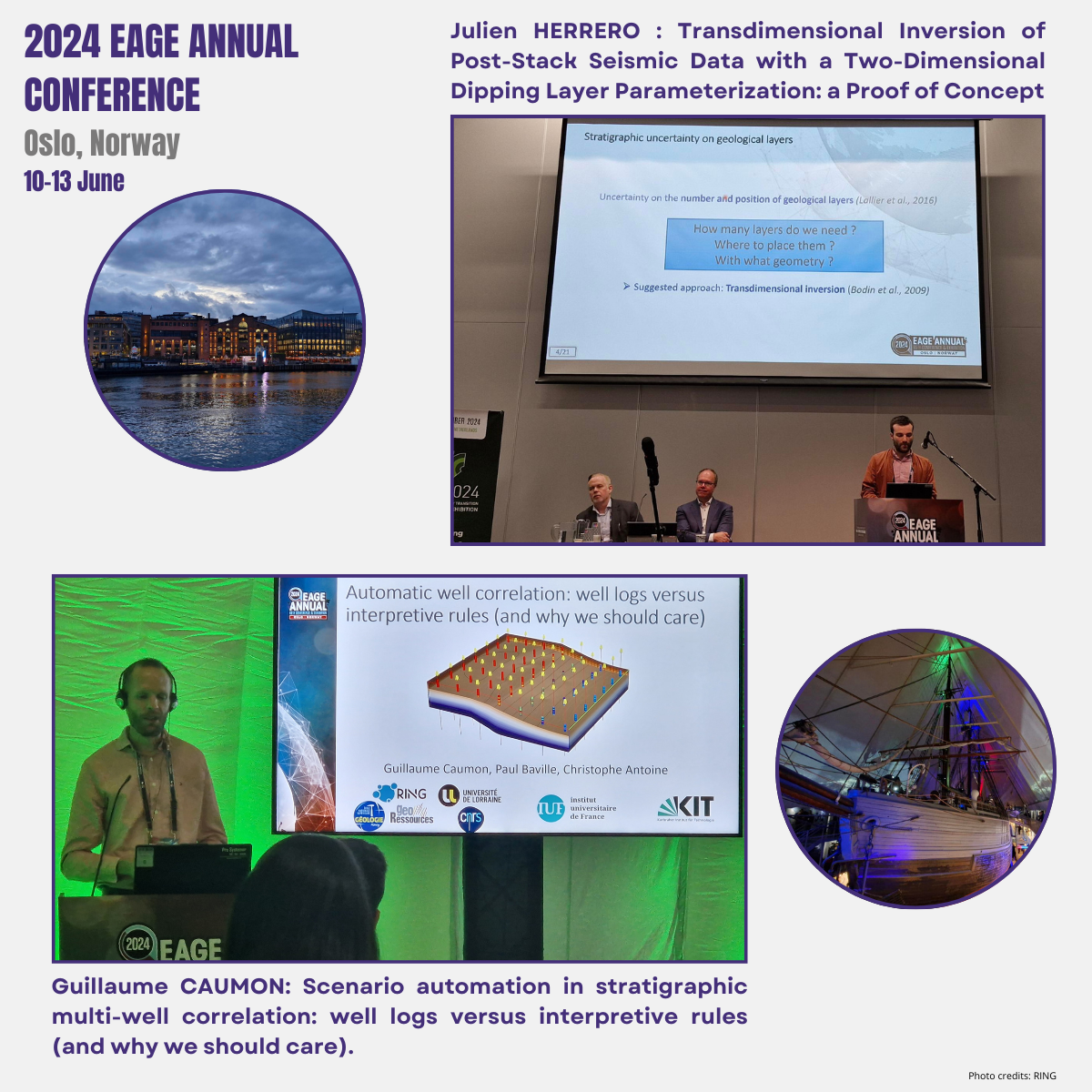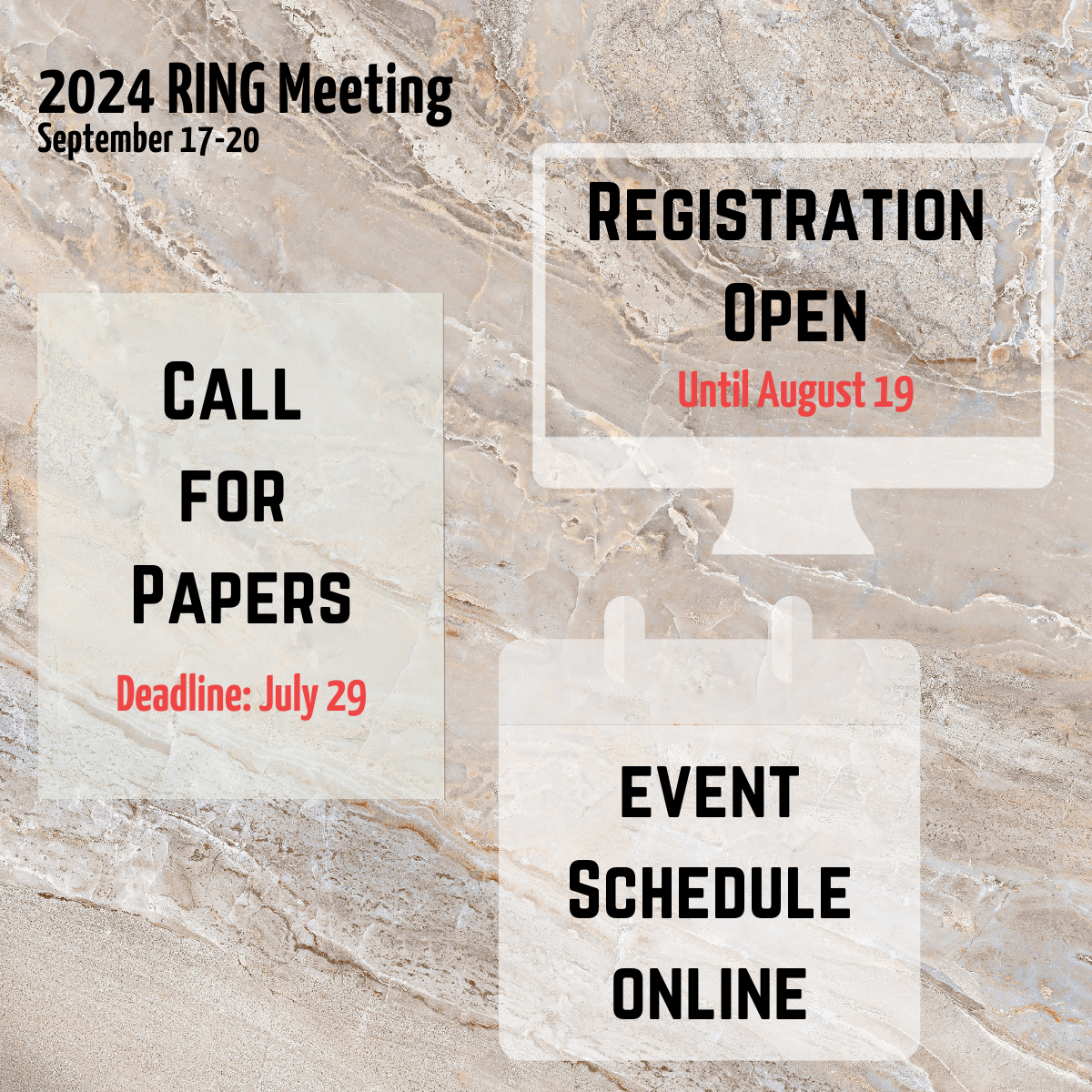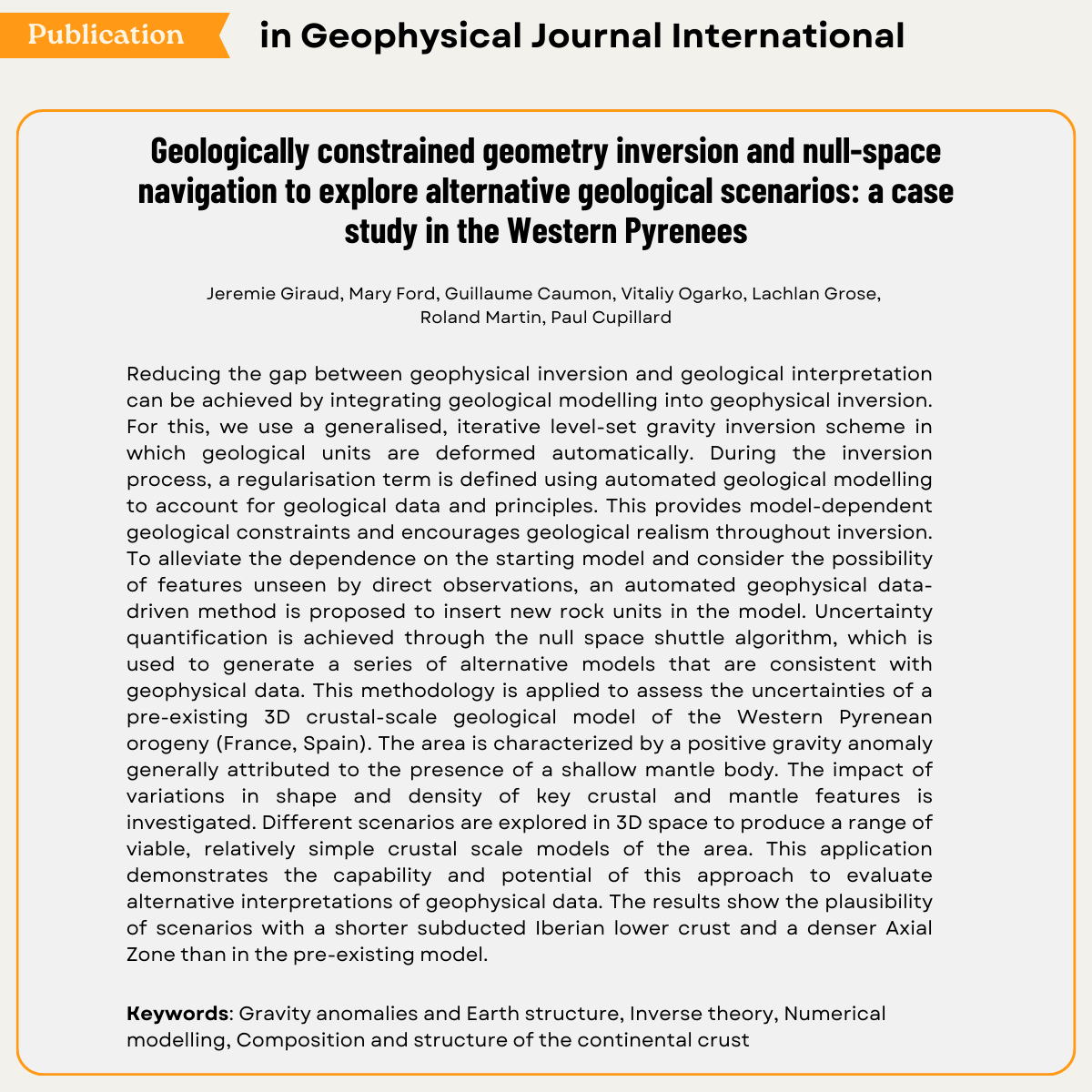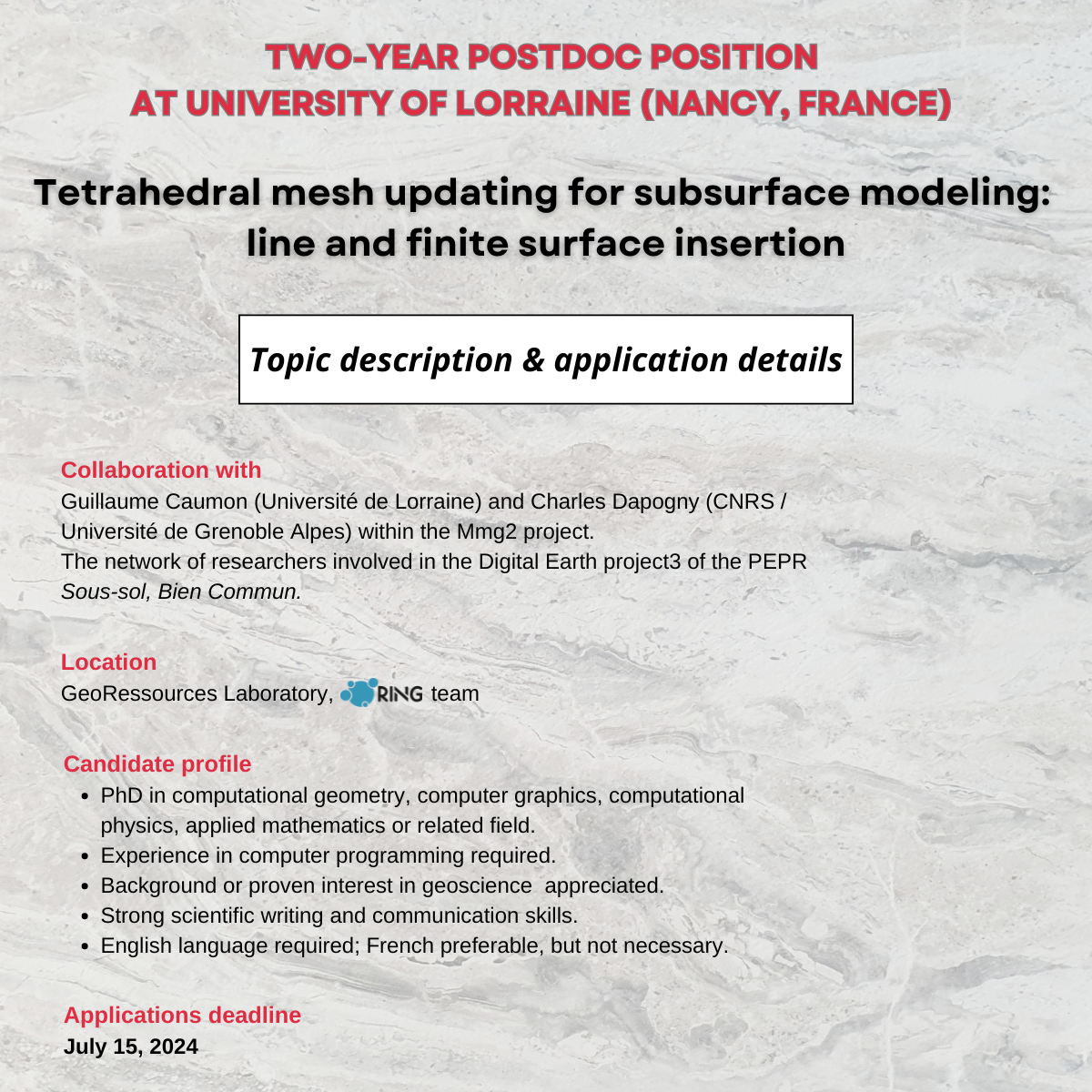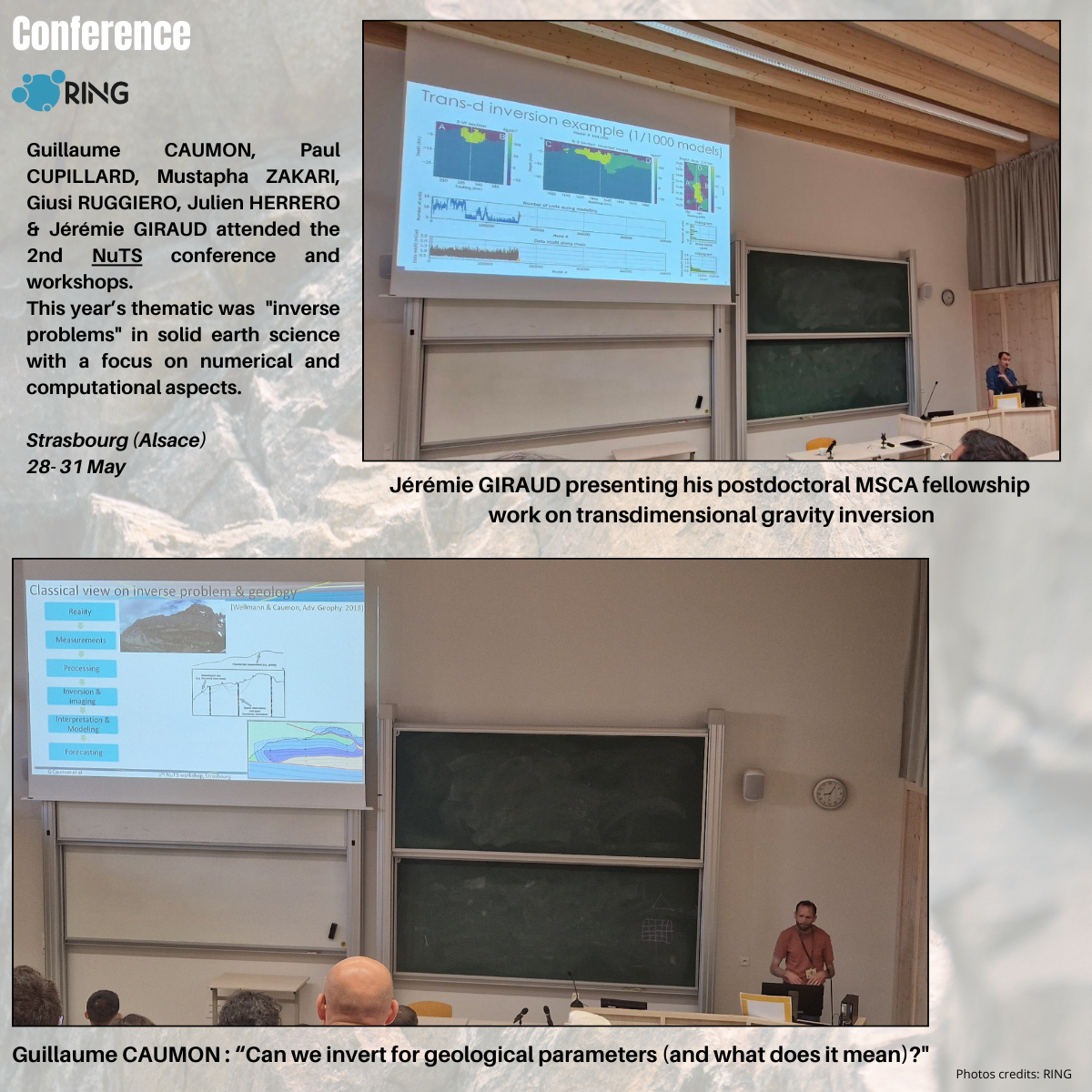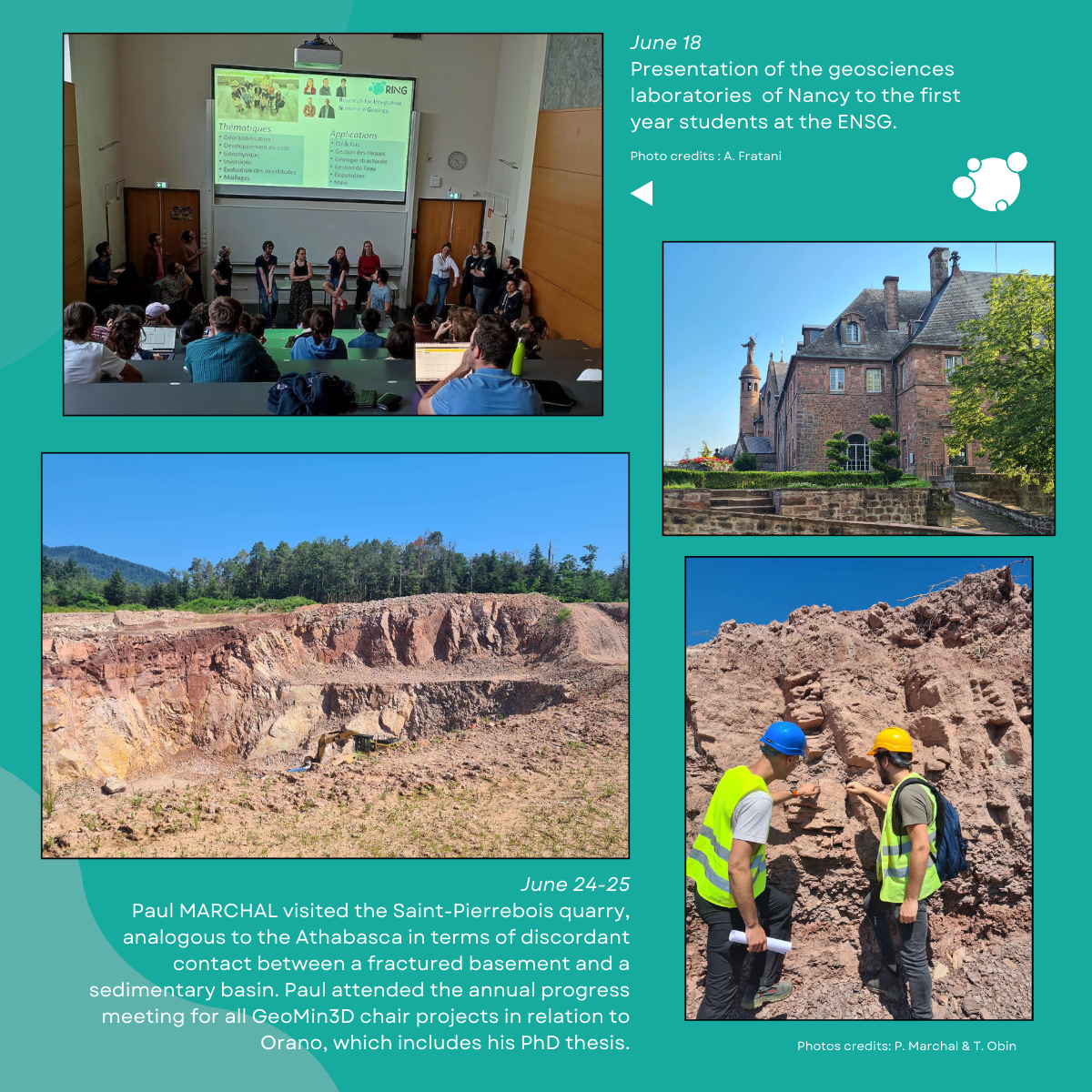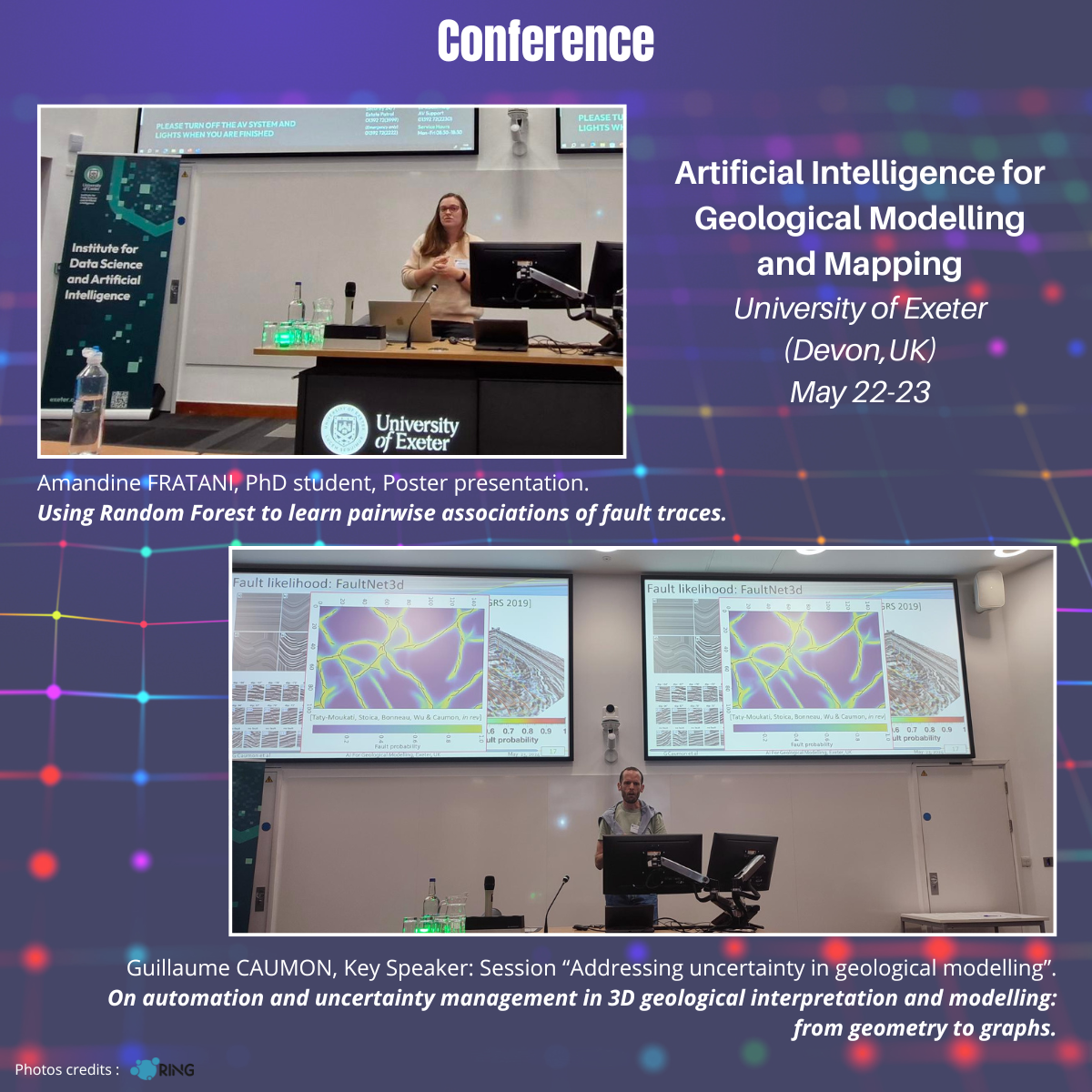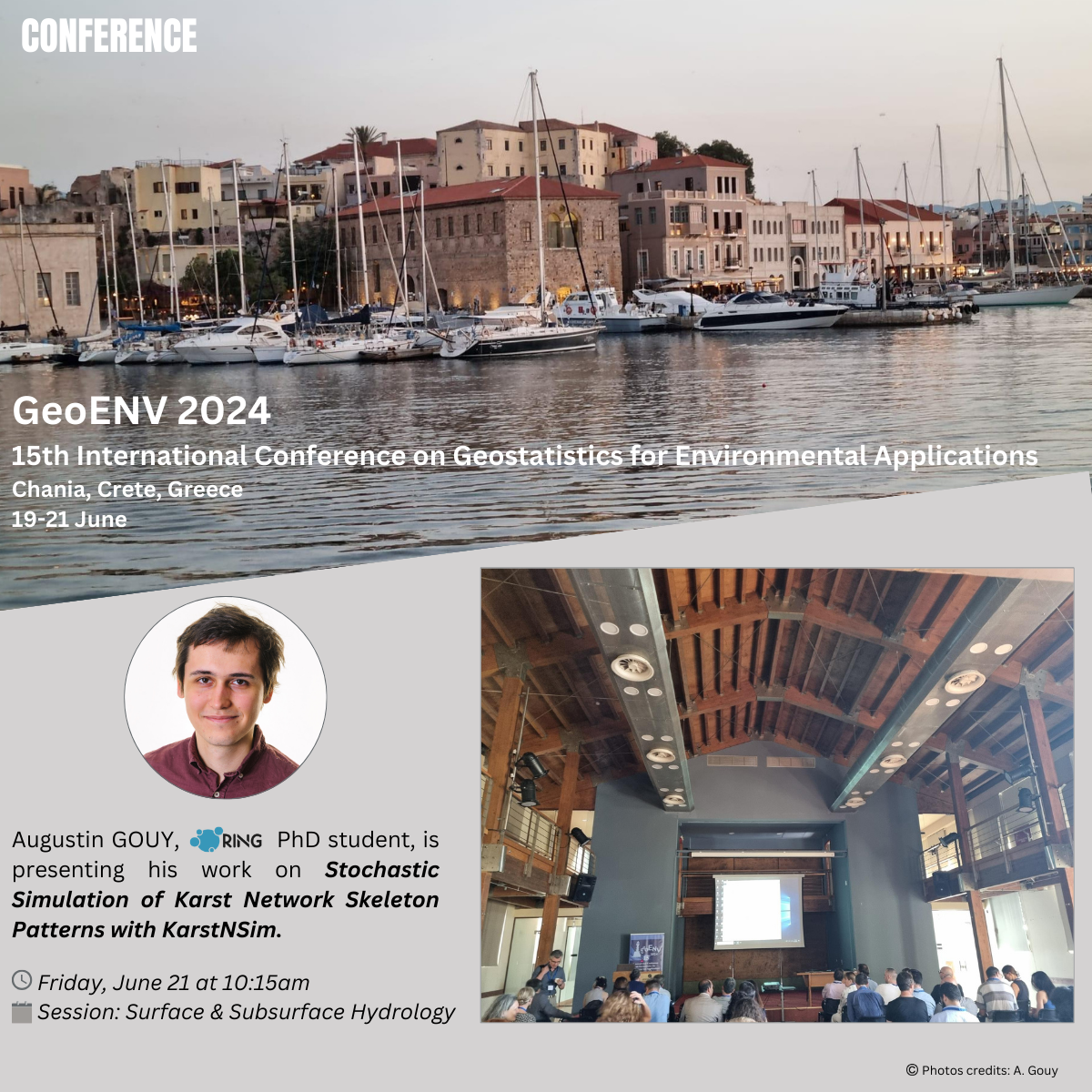In this new article from his MSCA Postdoc, Jérémie GIRAUD carries out an exploration of possible models of density anomalies explaining the gravimetric observations of the western Pyrenean zone. At the methodological level, the work combines inversion of the set of levels, geological modeling, and "shuttles of zero space". At the geodynamic level, he tested several scenarios of Iberian crust extension, which suggest that the results of deterministic gravity inversions should not be over-interpreted. This work was carried out in collaboration with the CRPG, the GET and the University of Western Australia.
- Details
- Category: News

